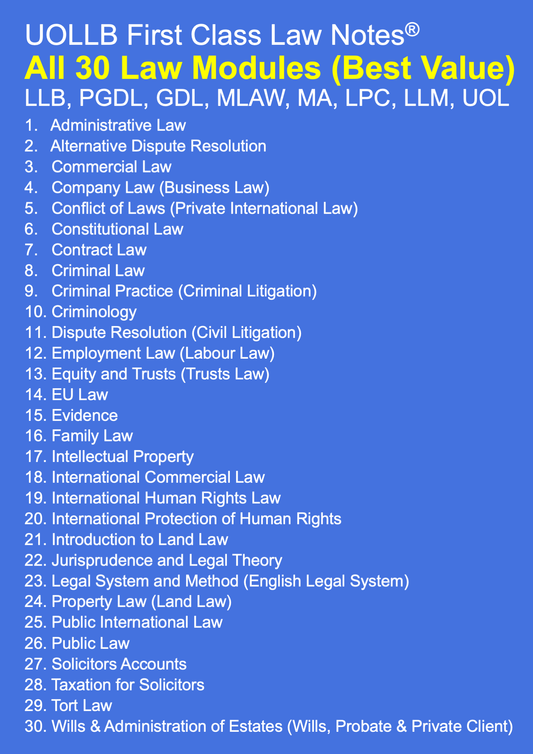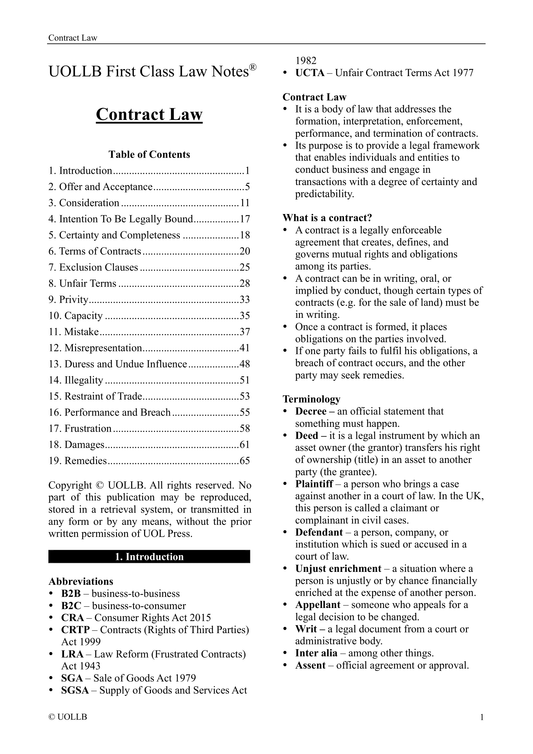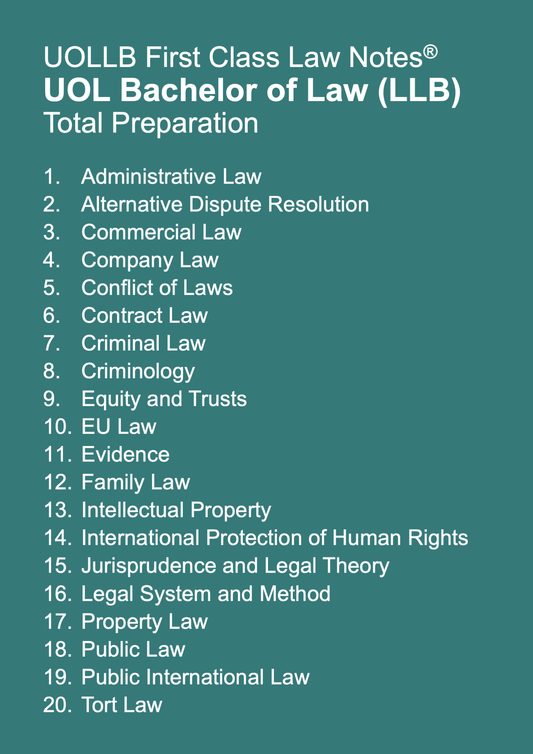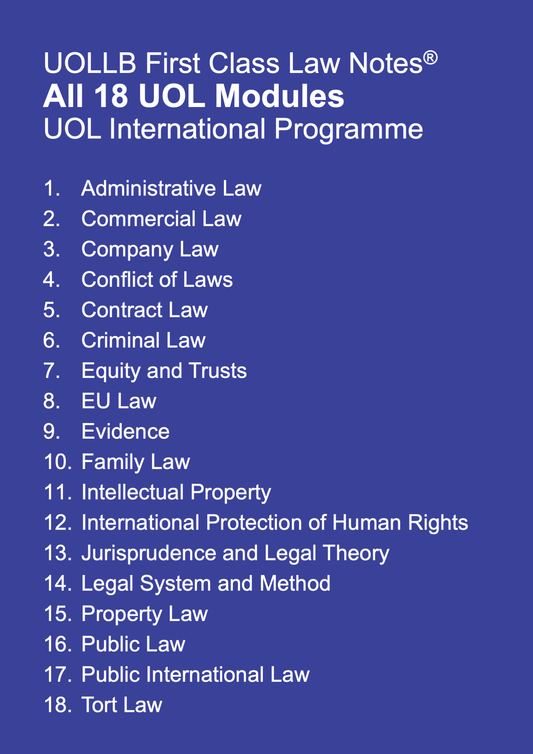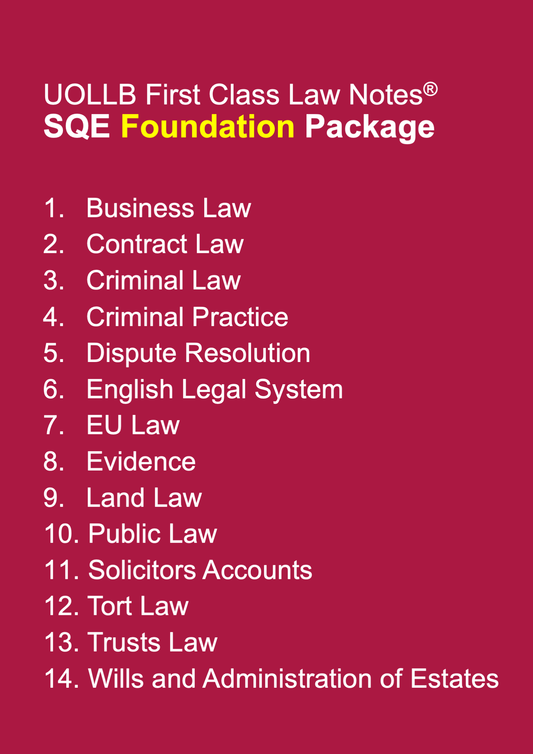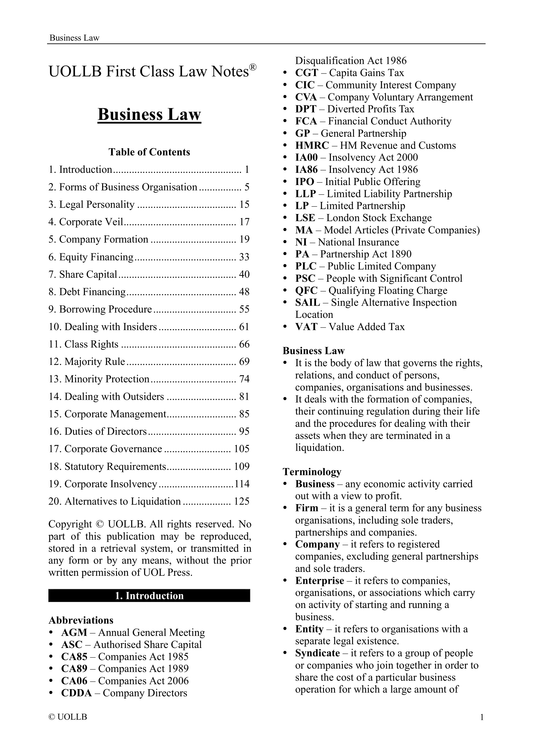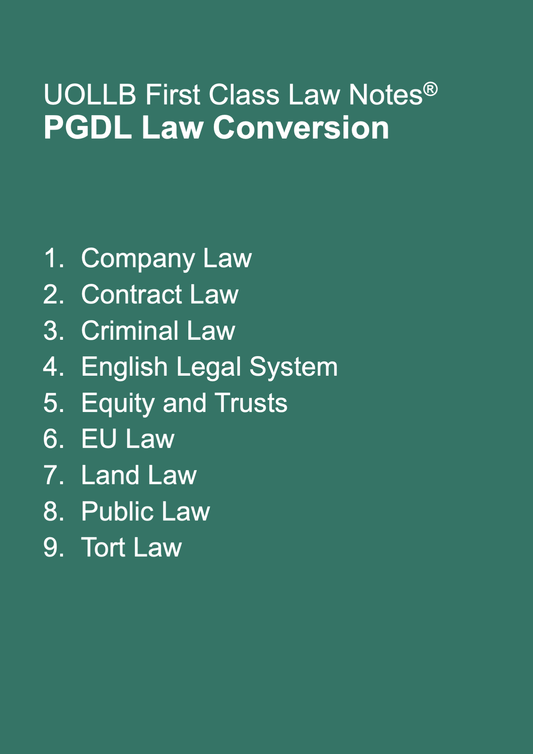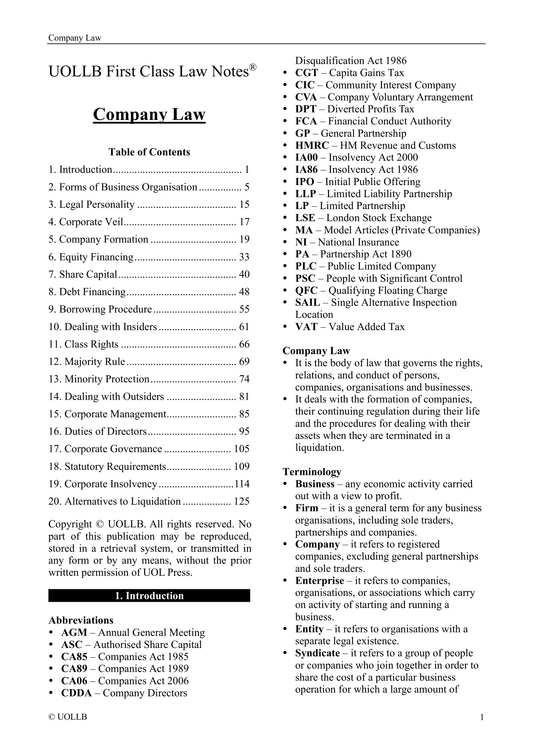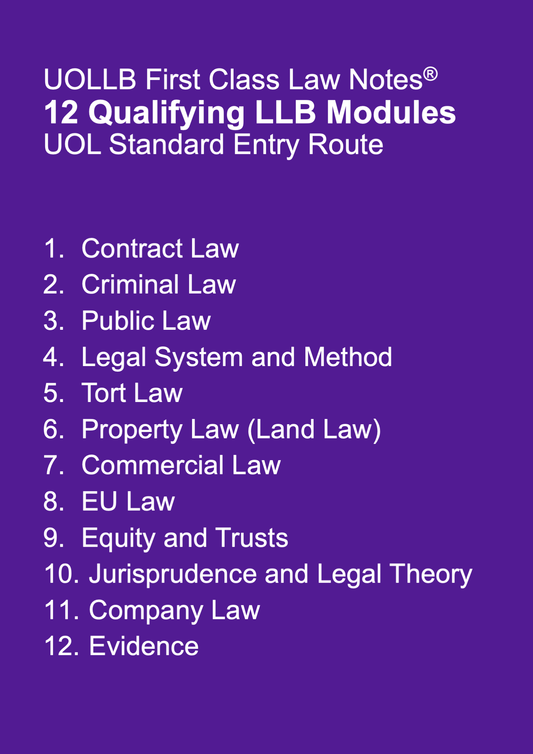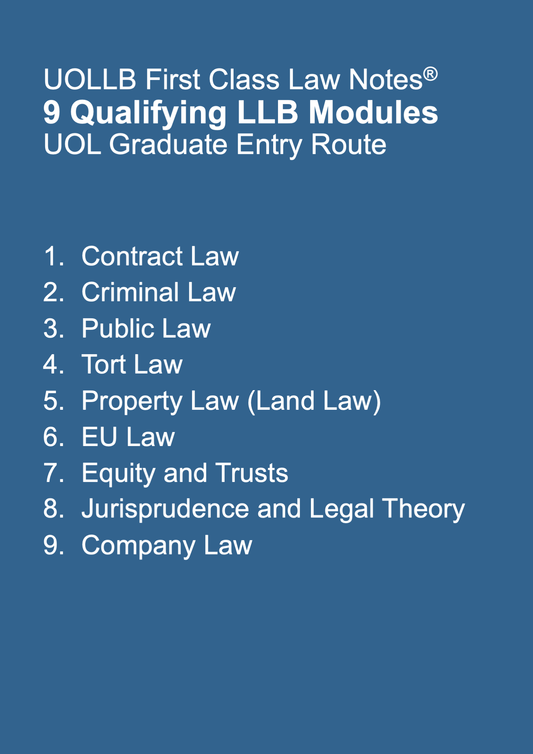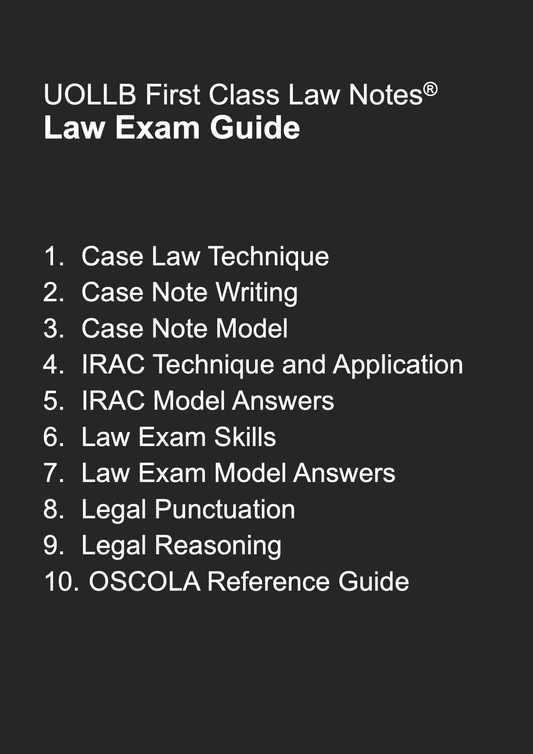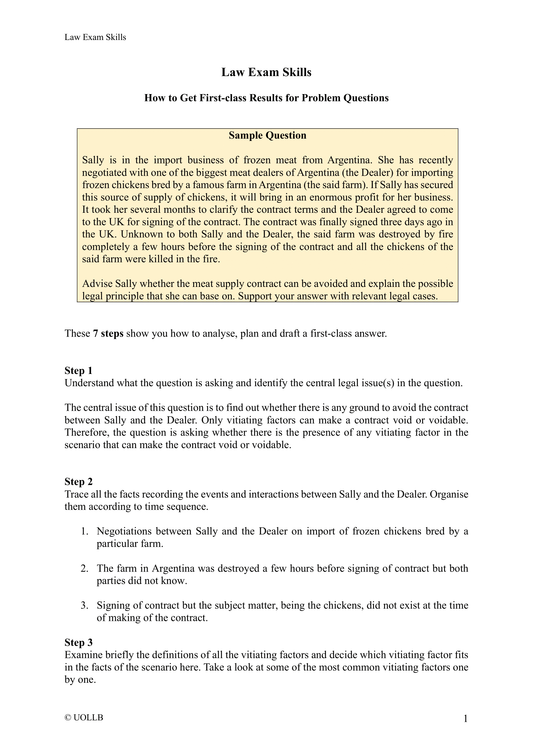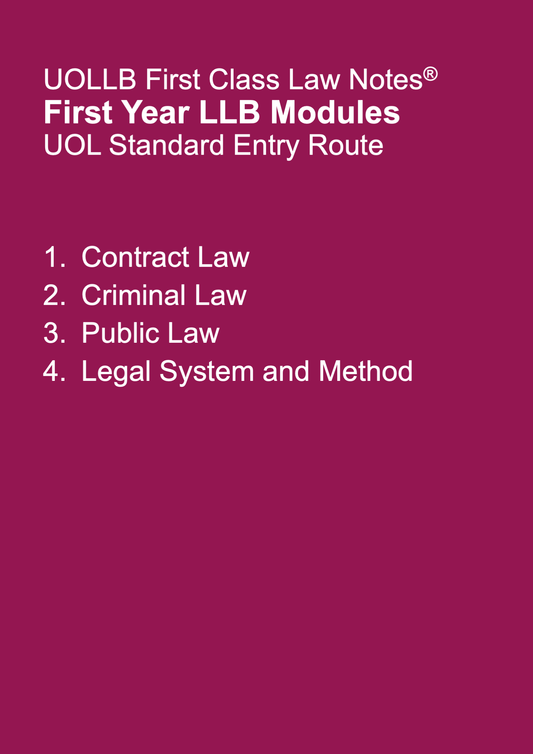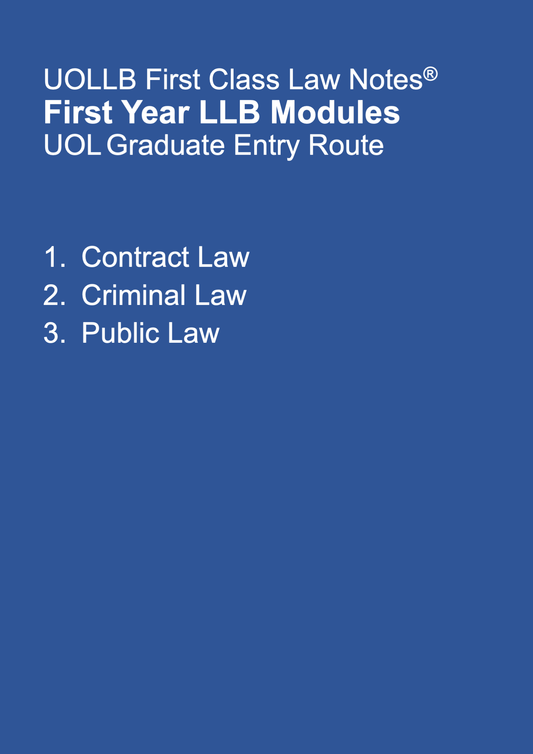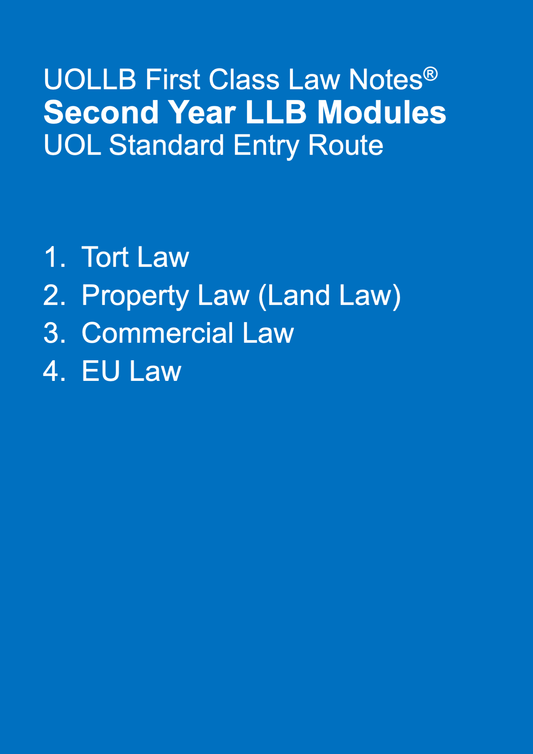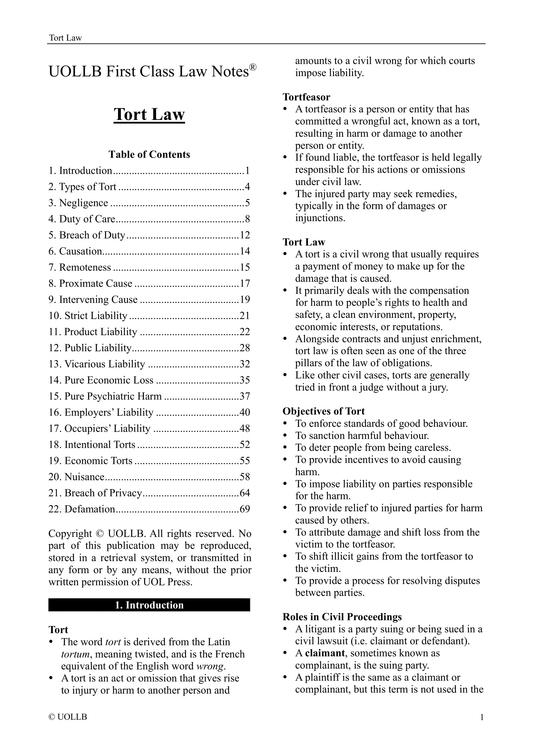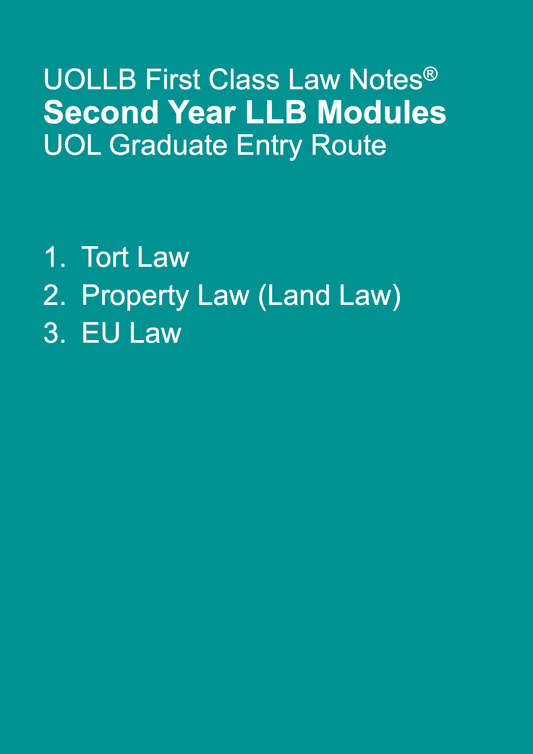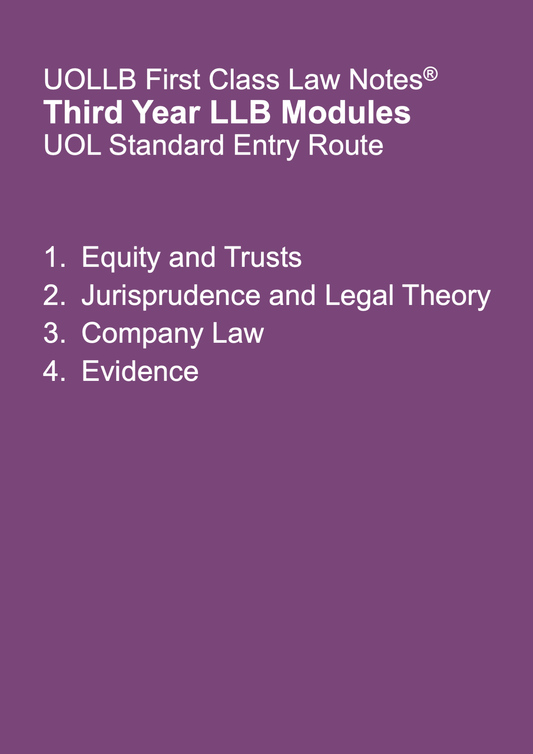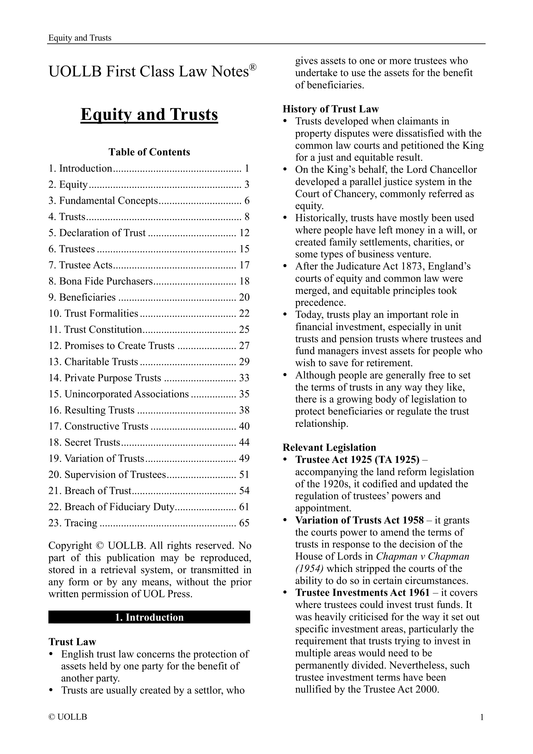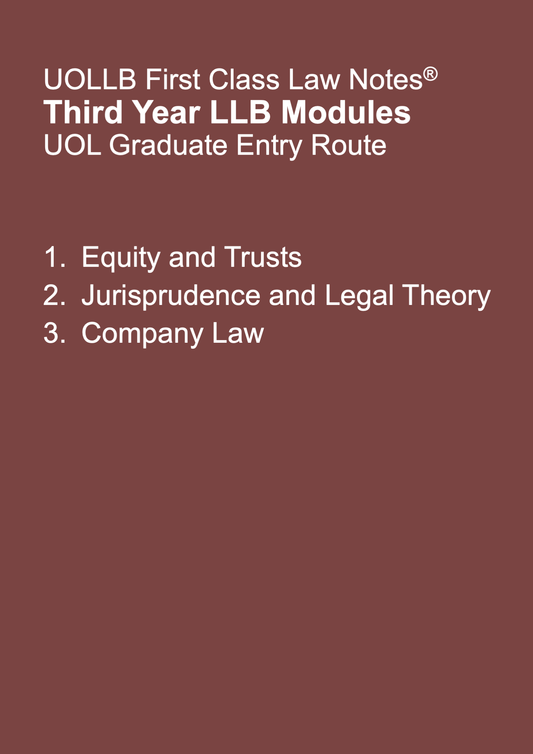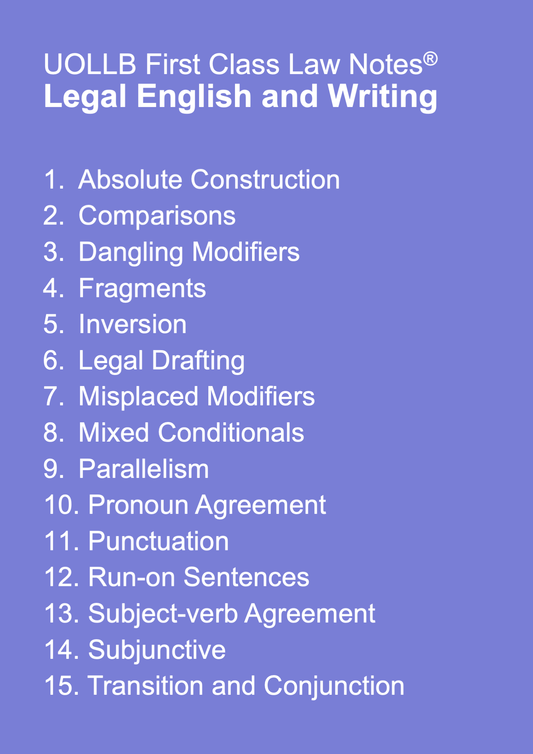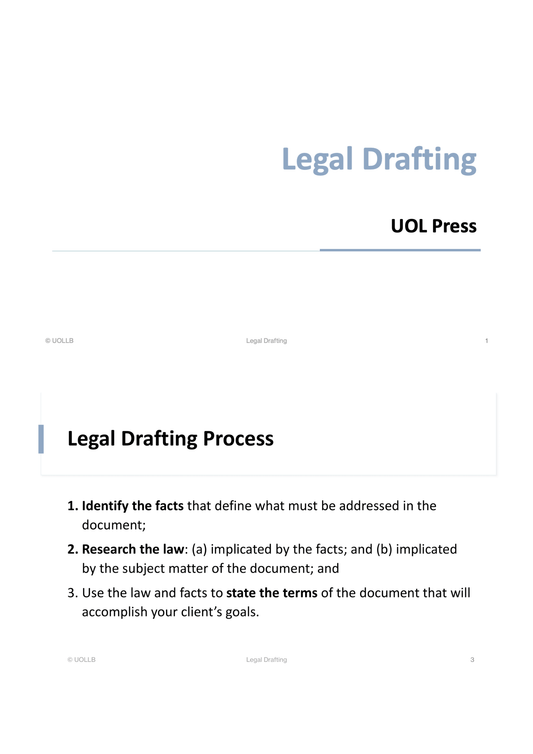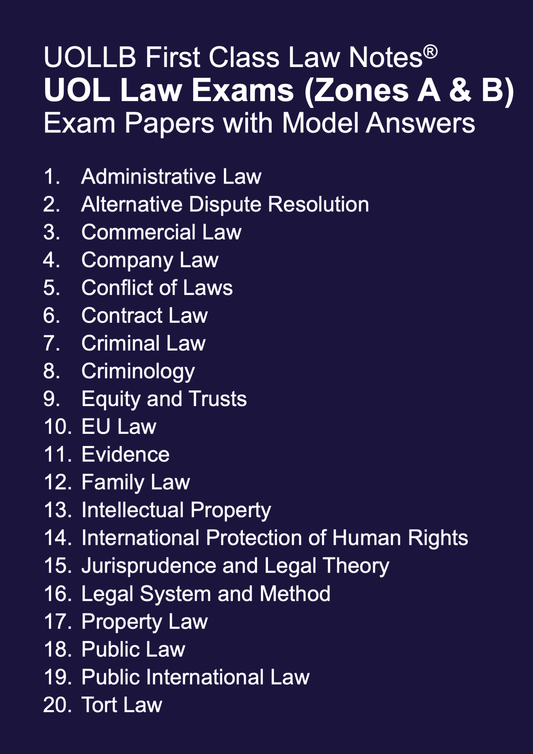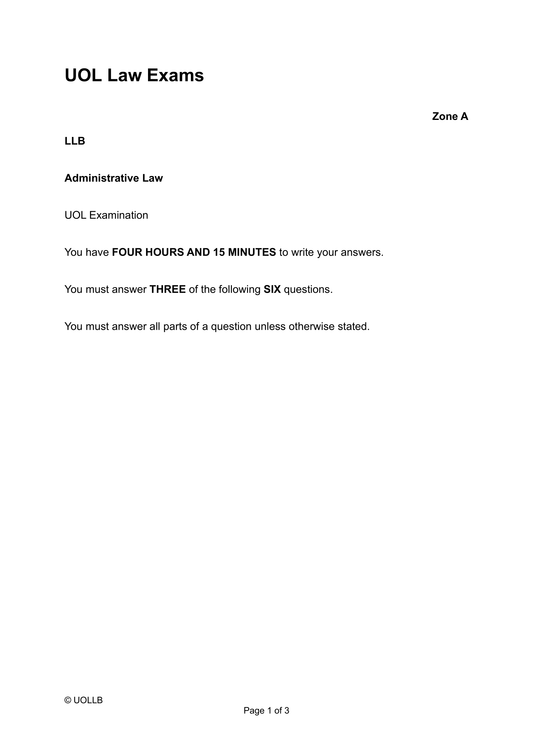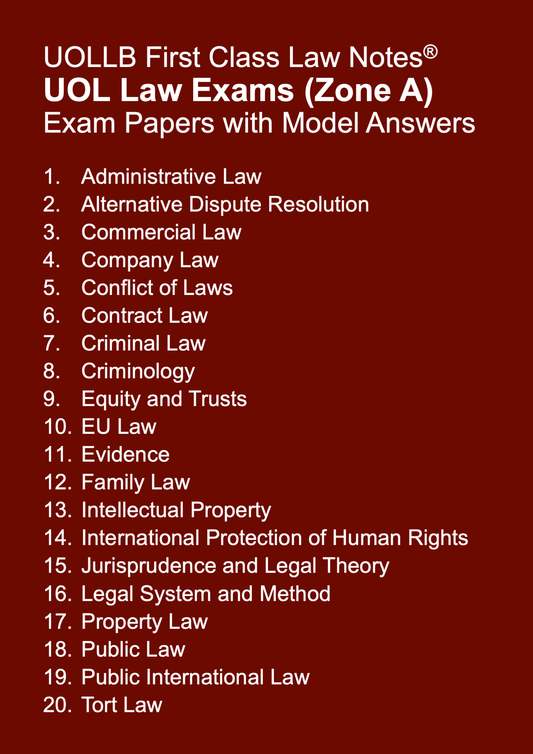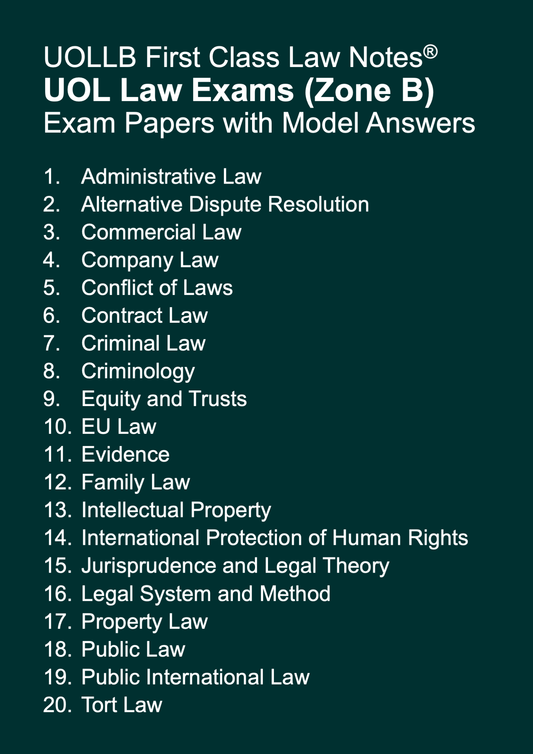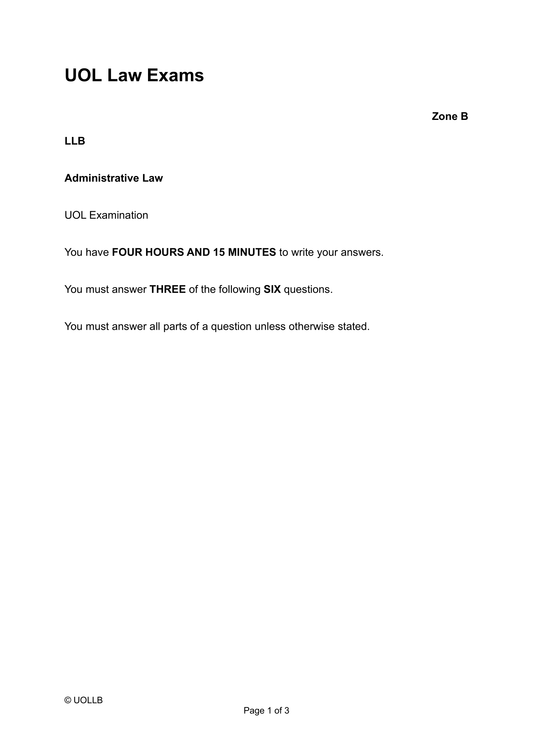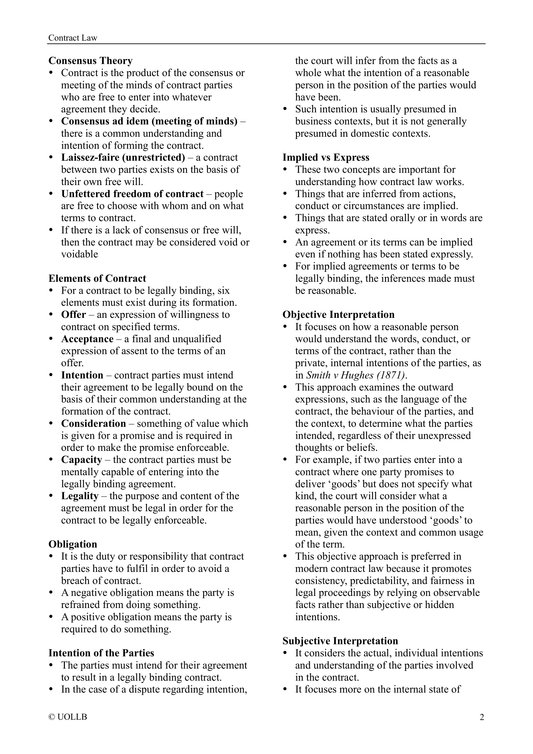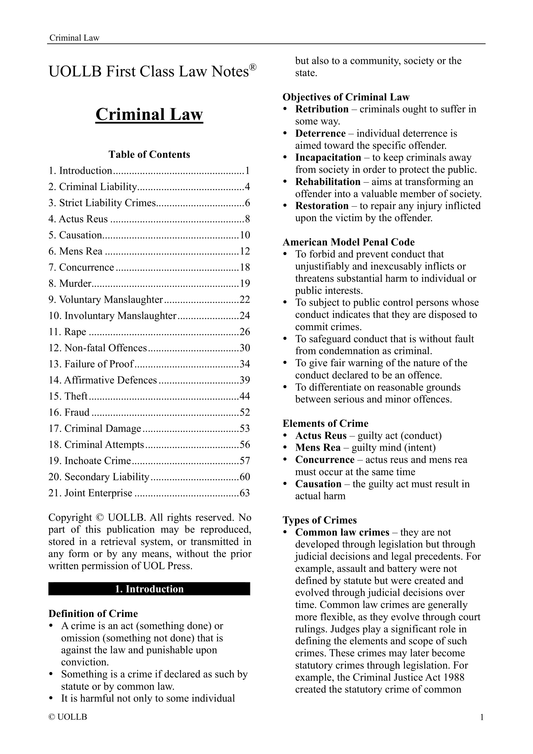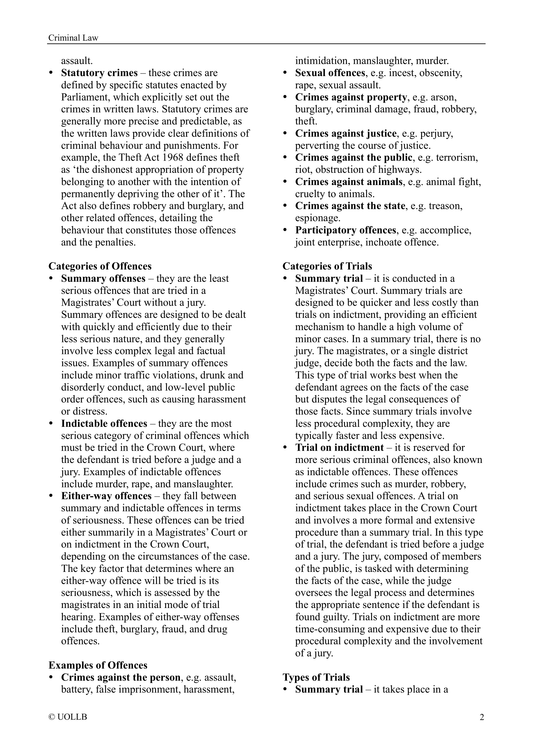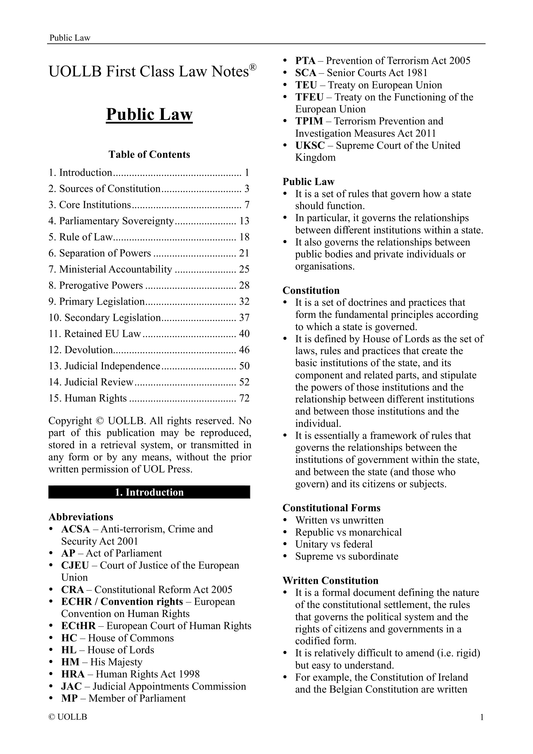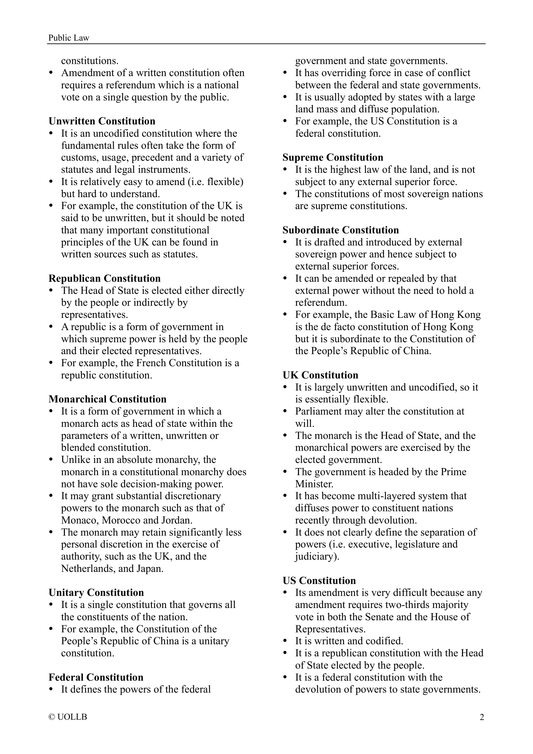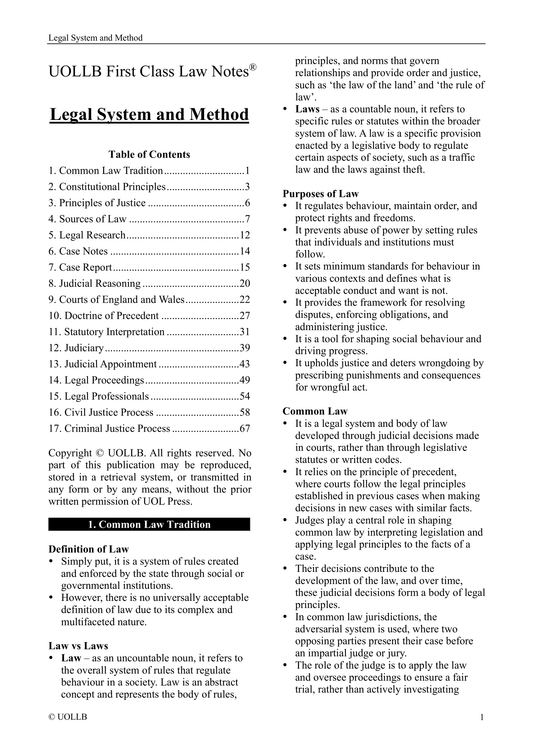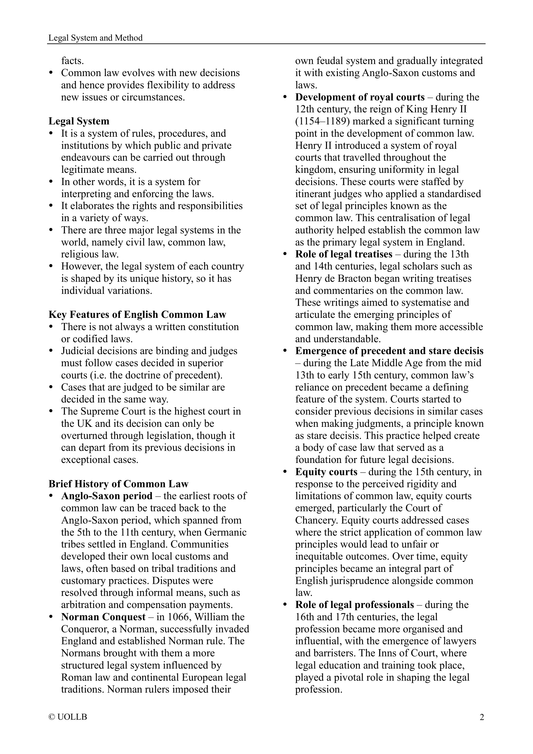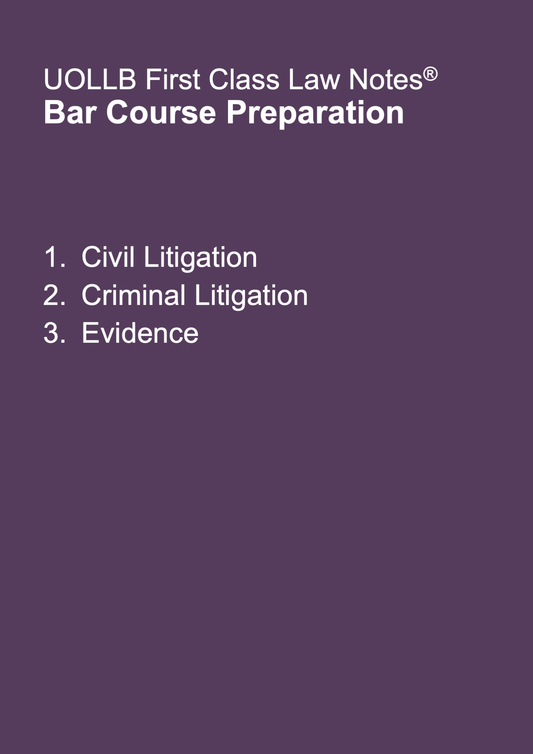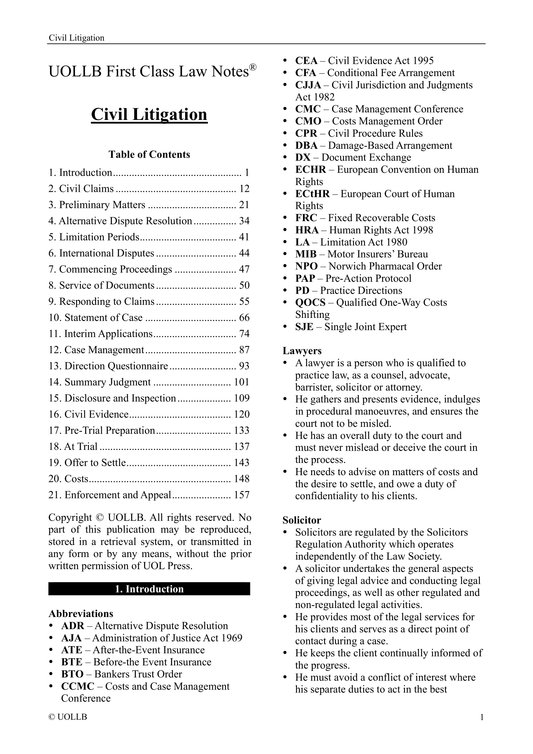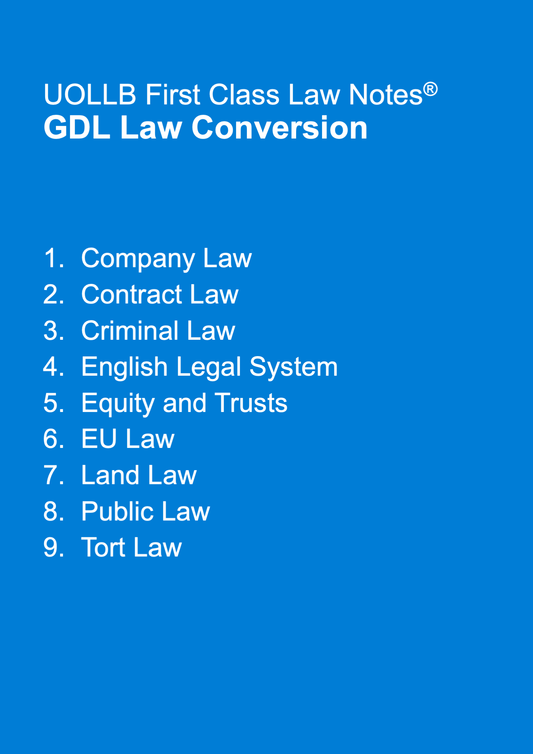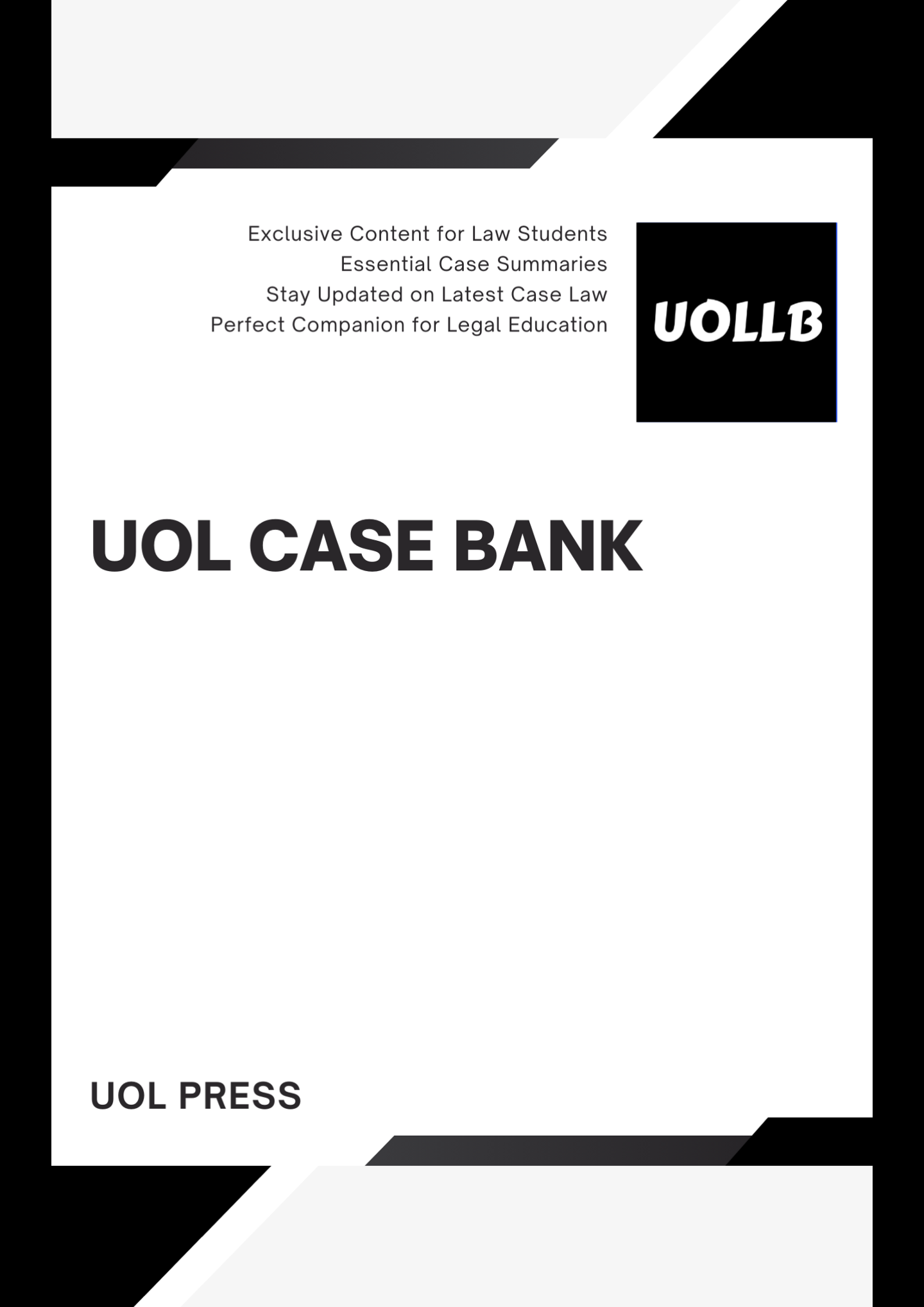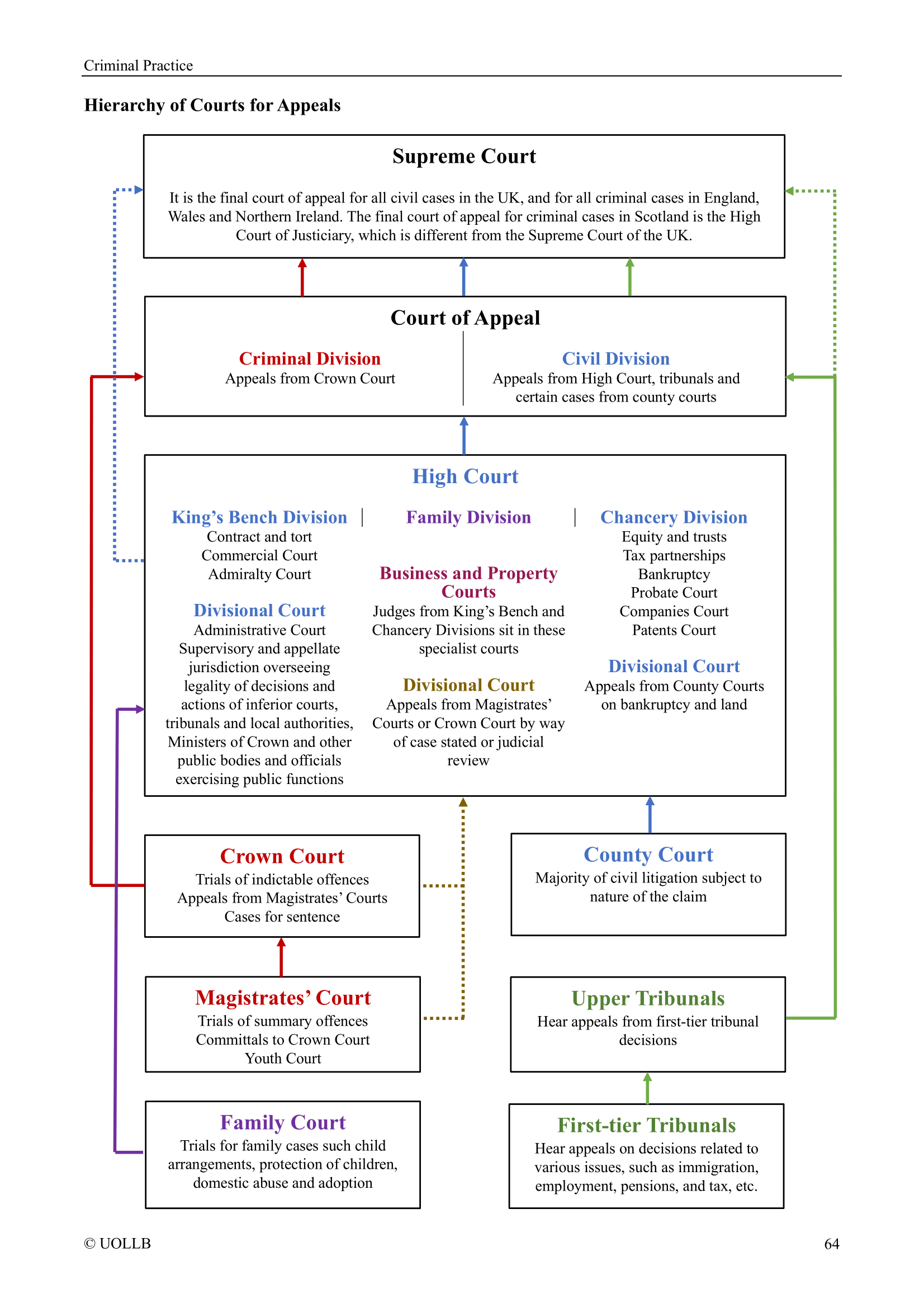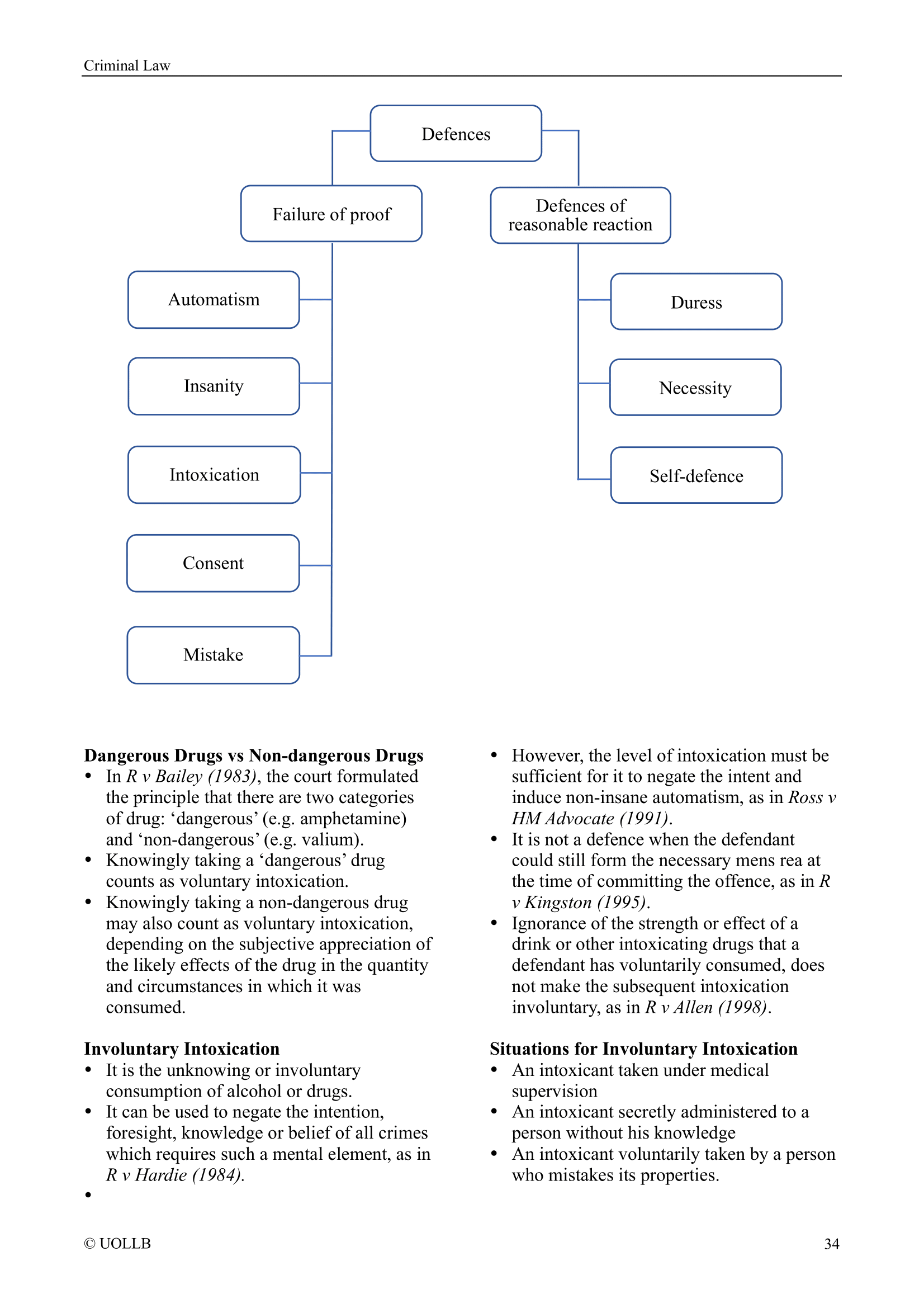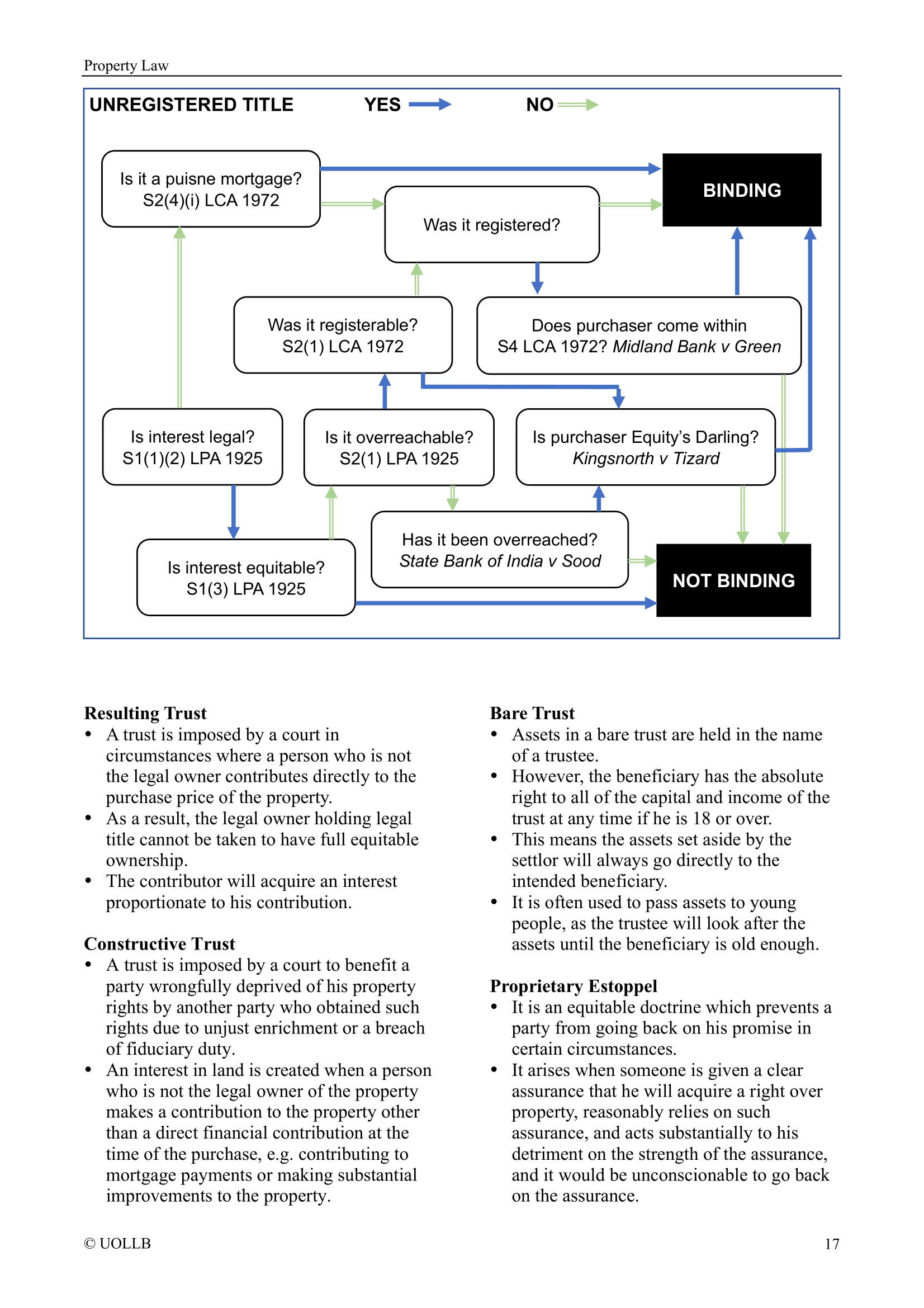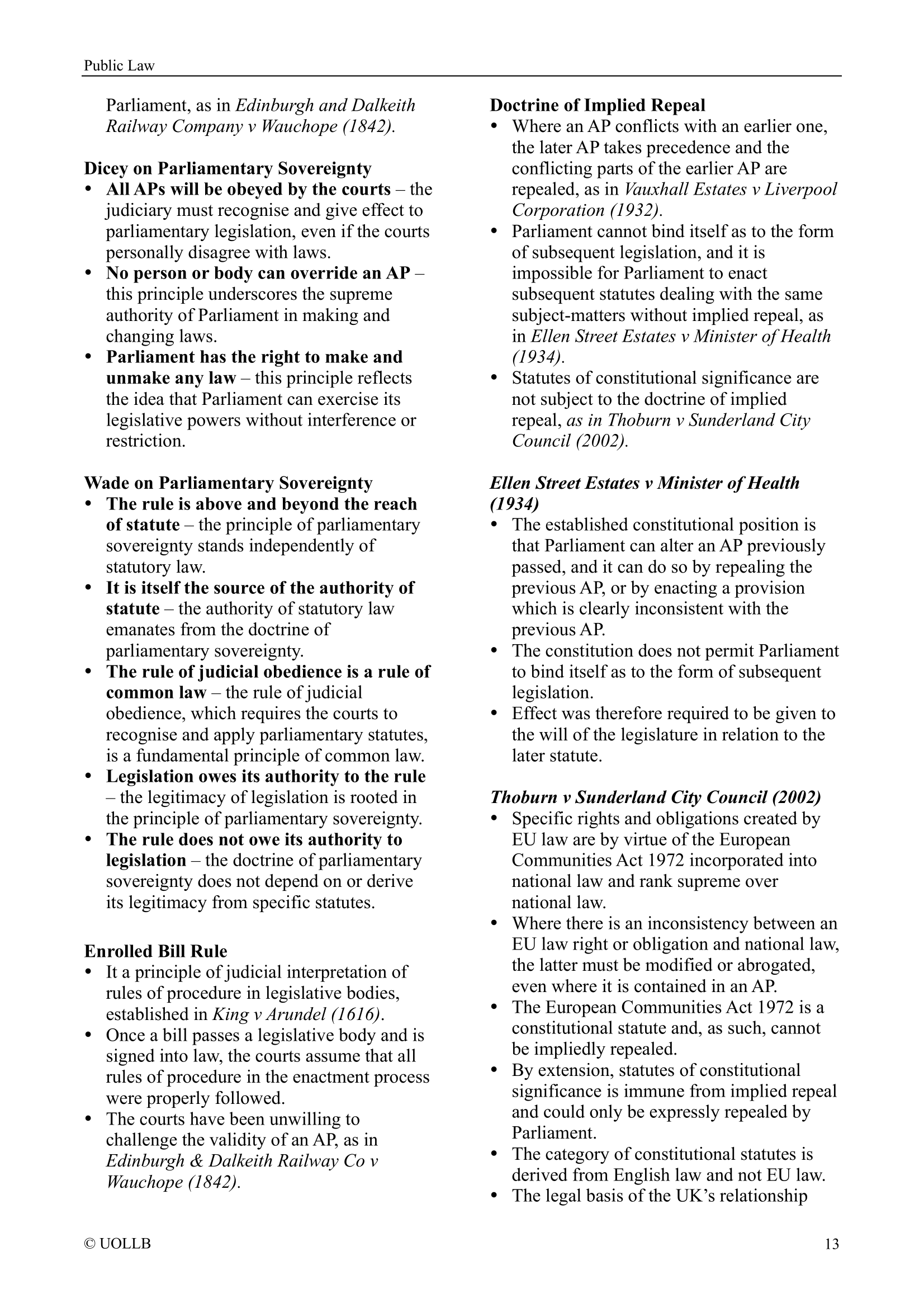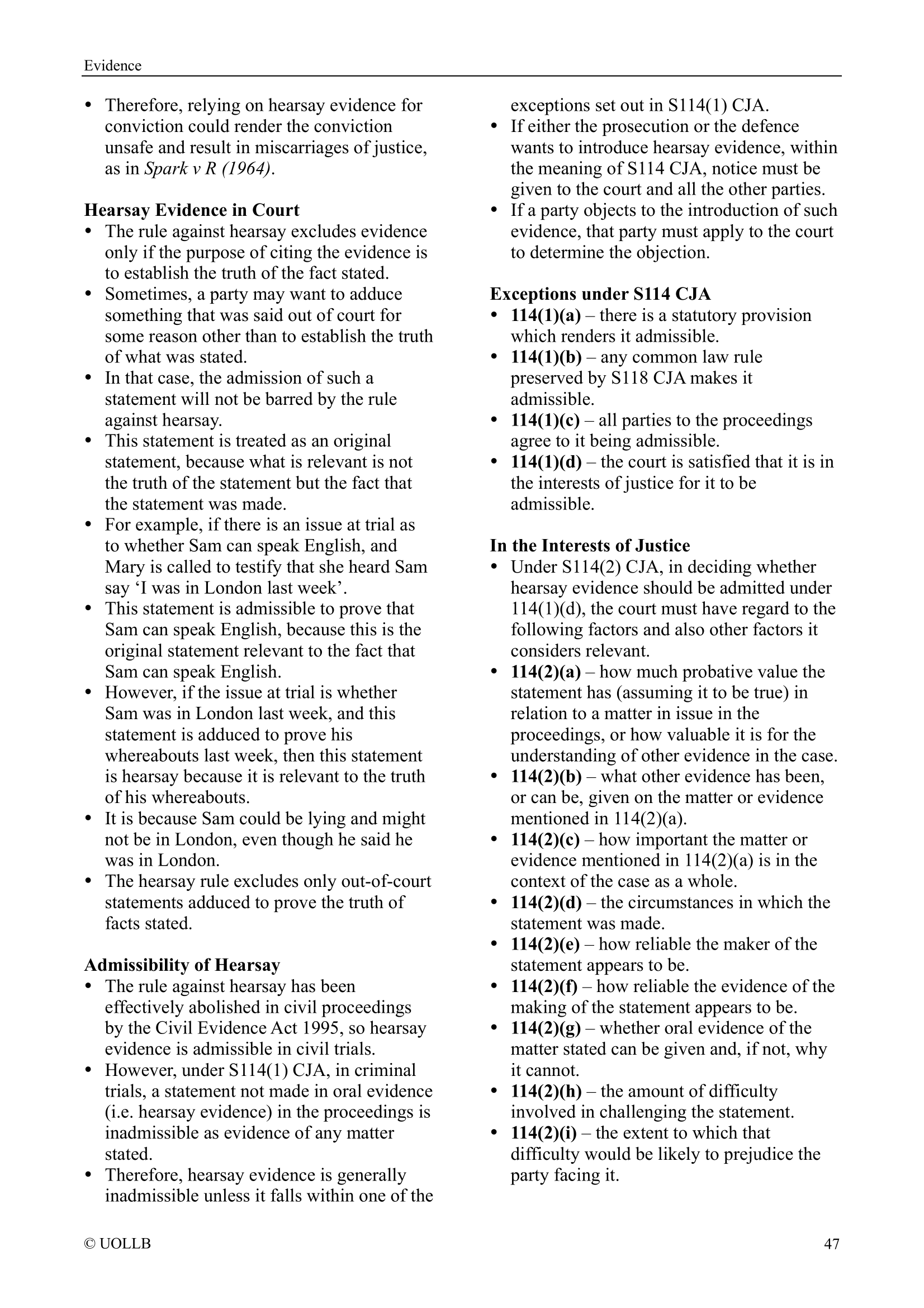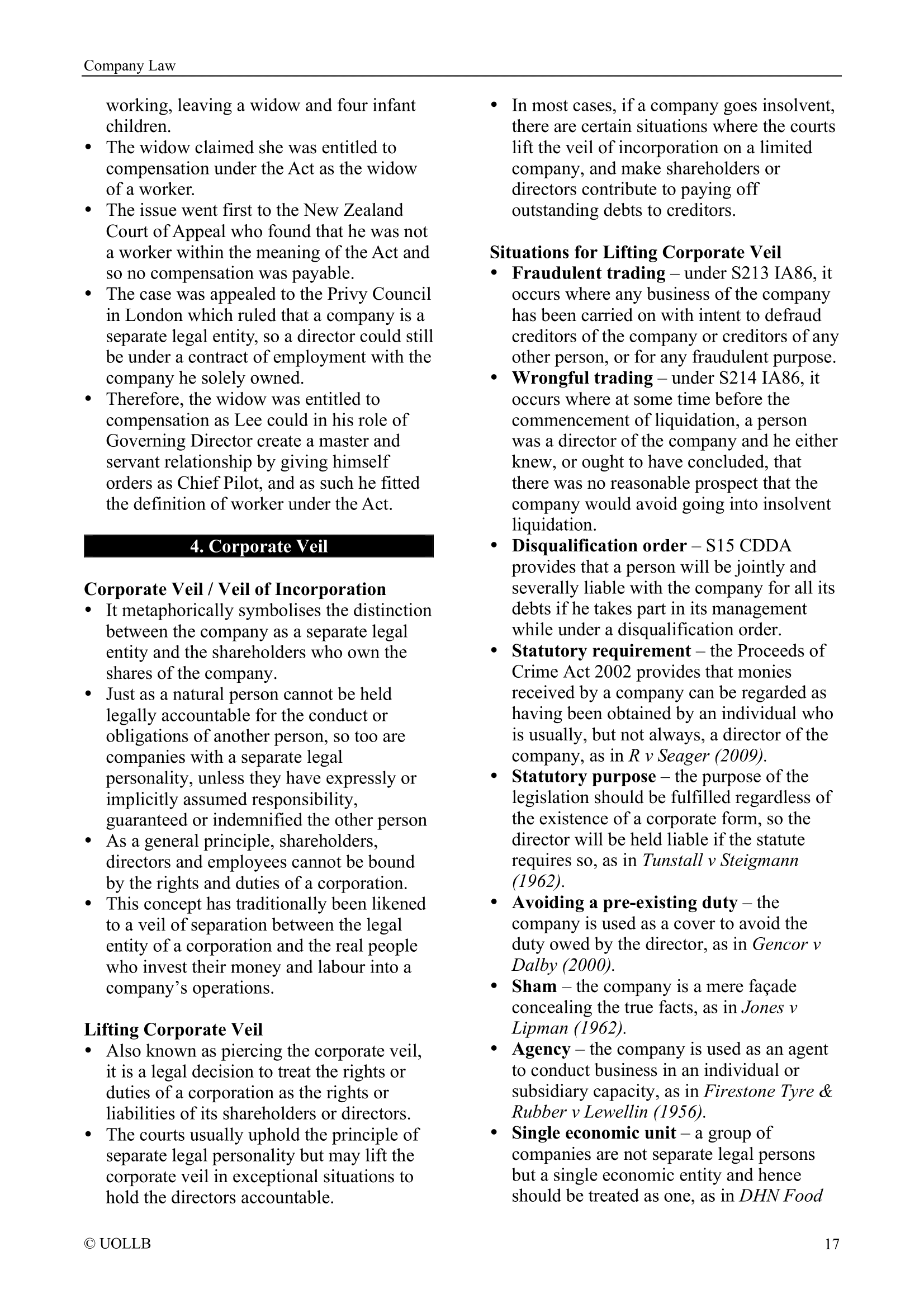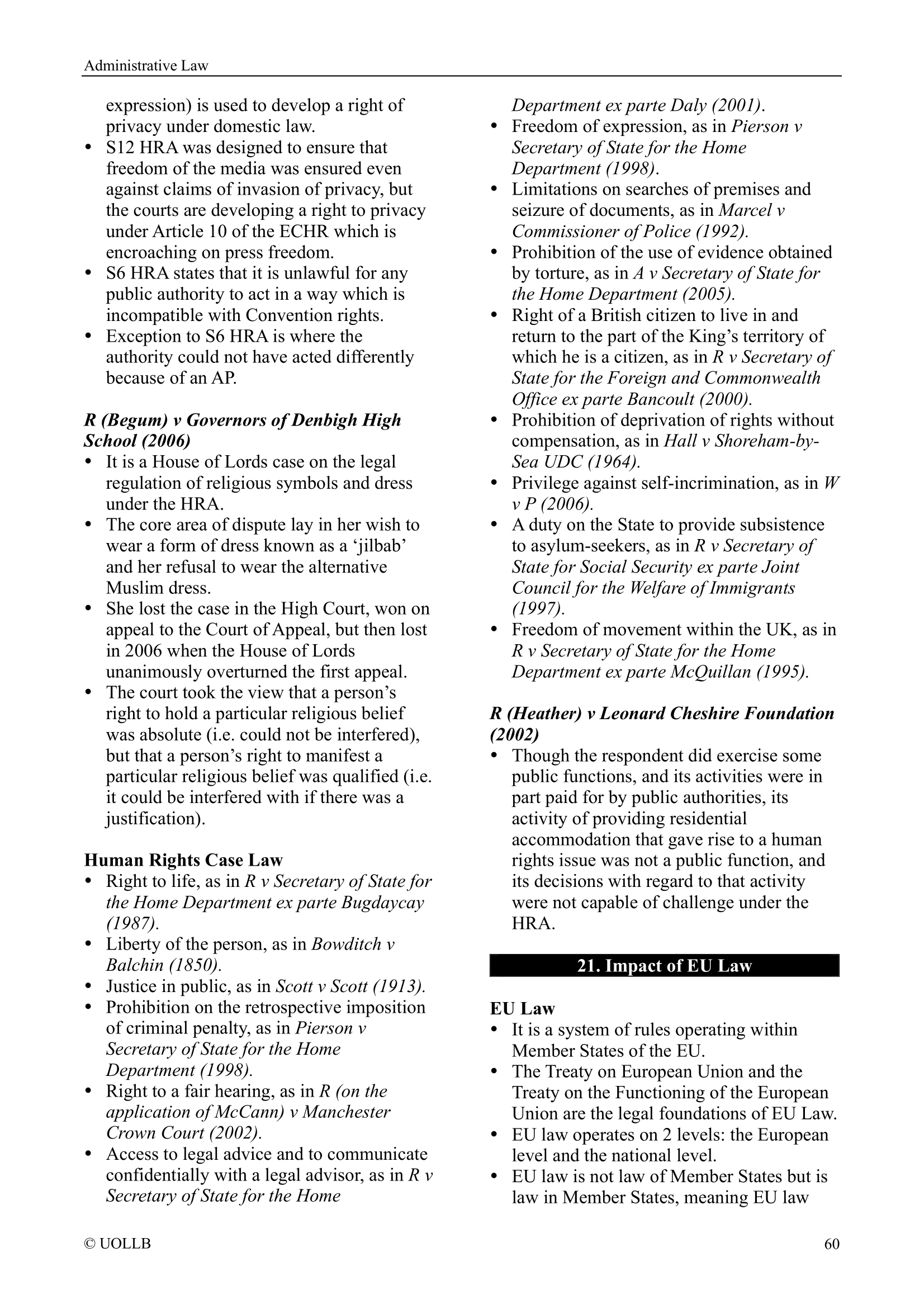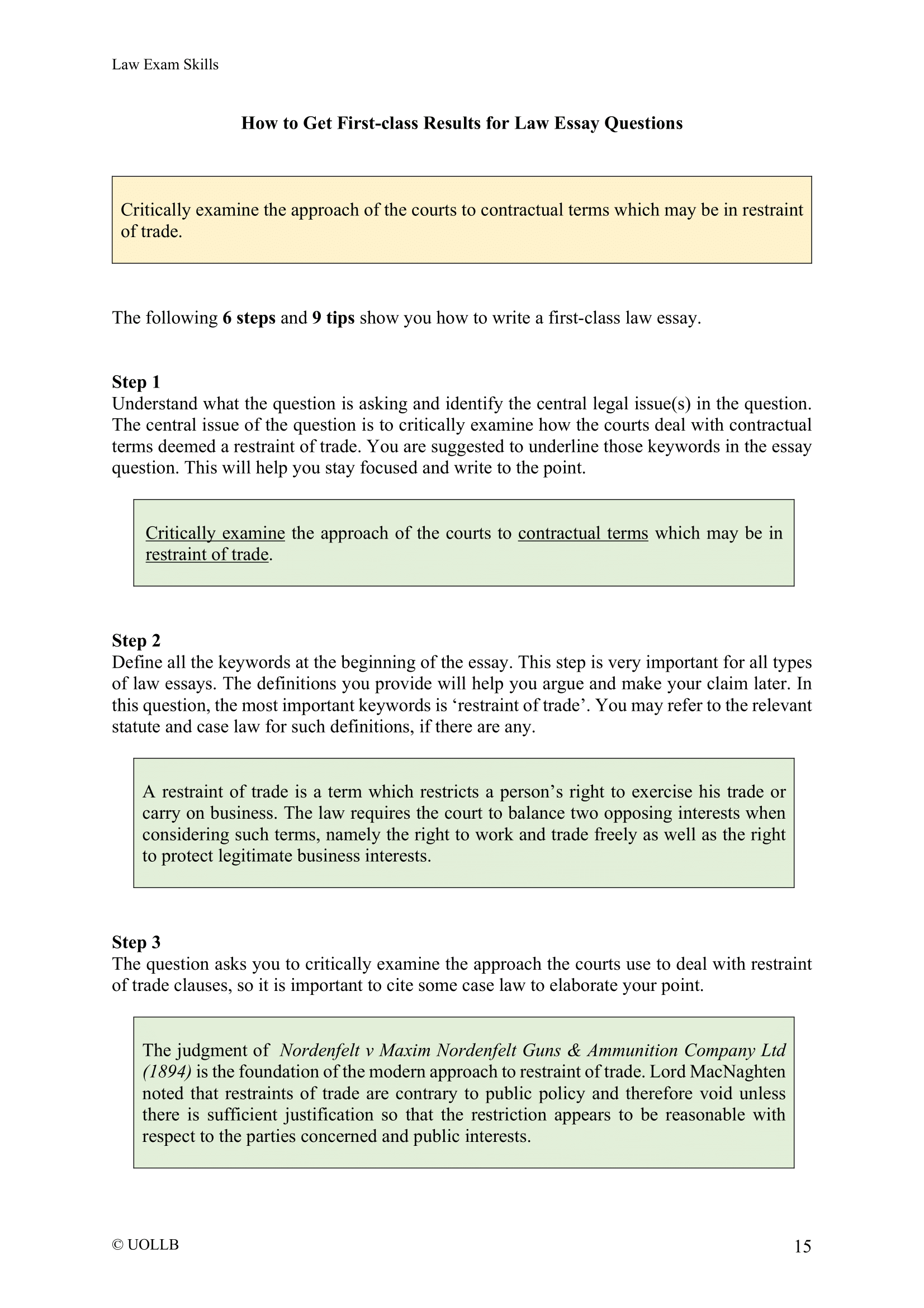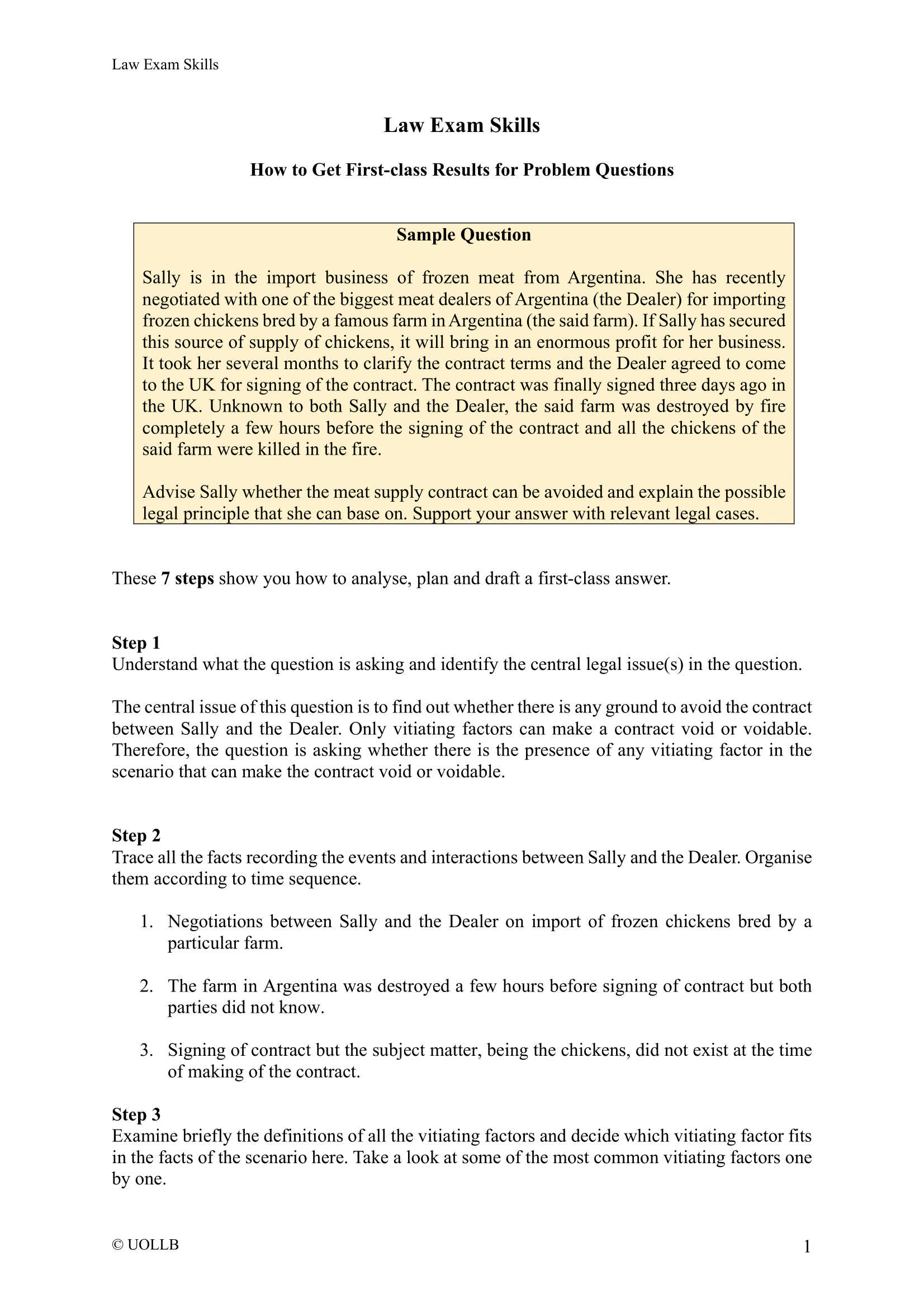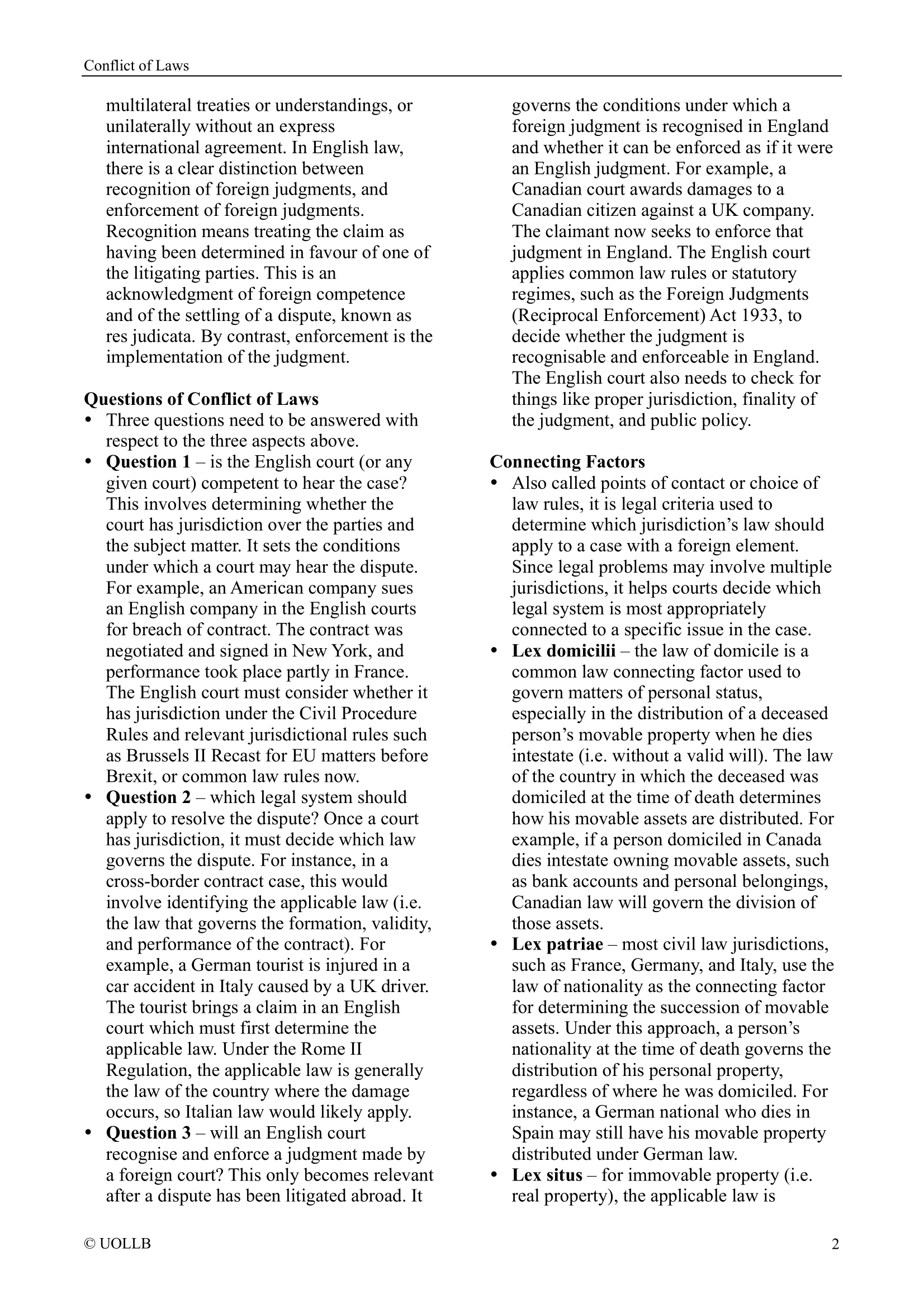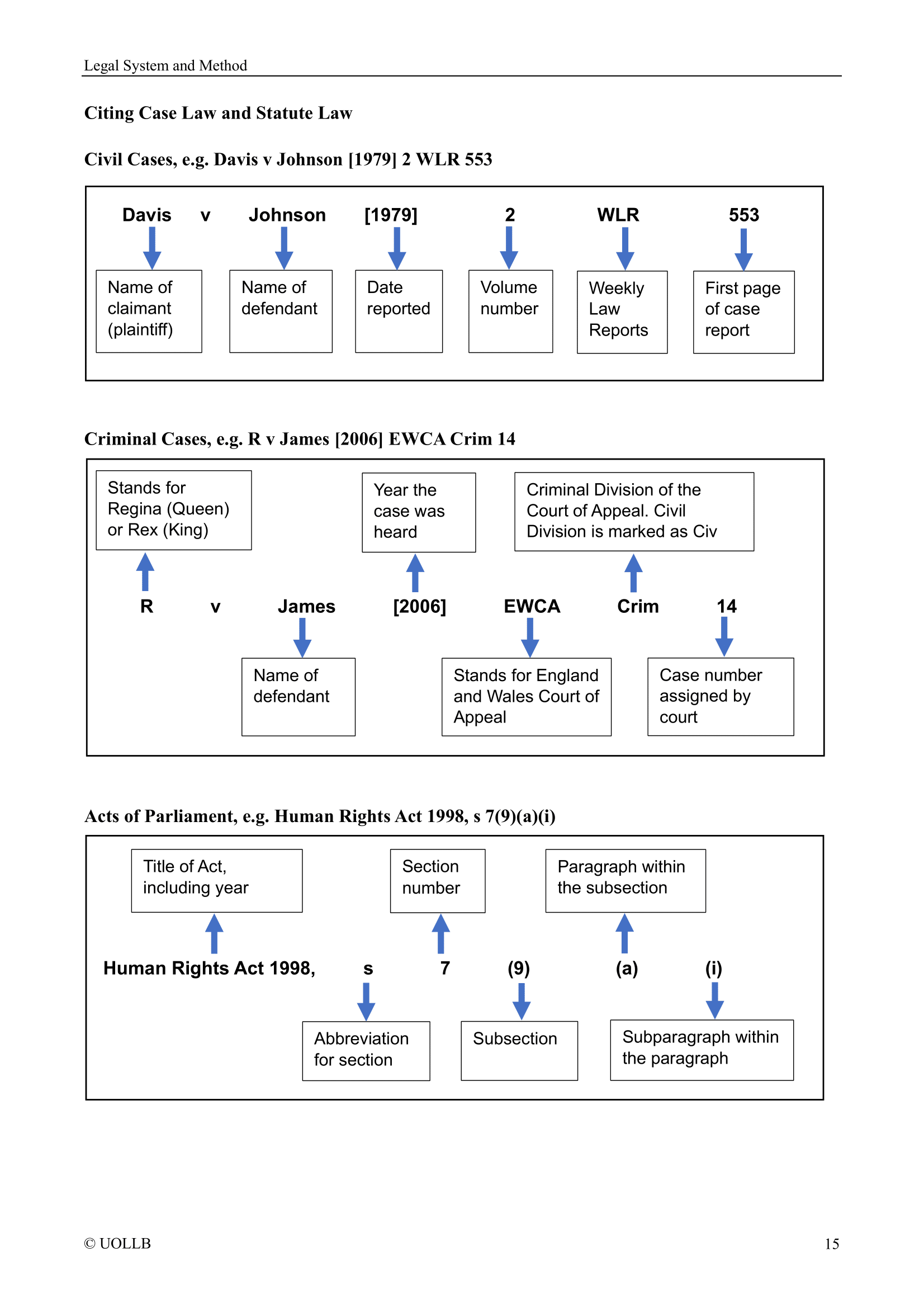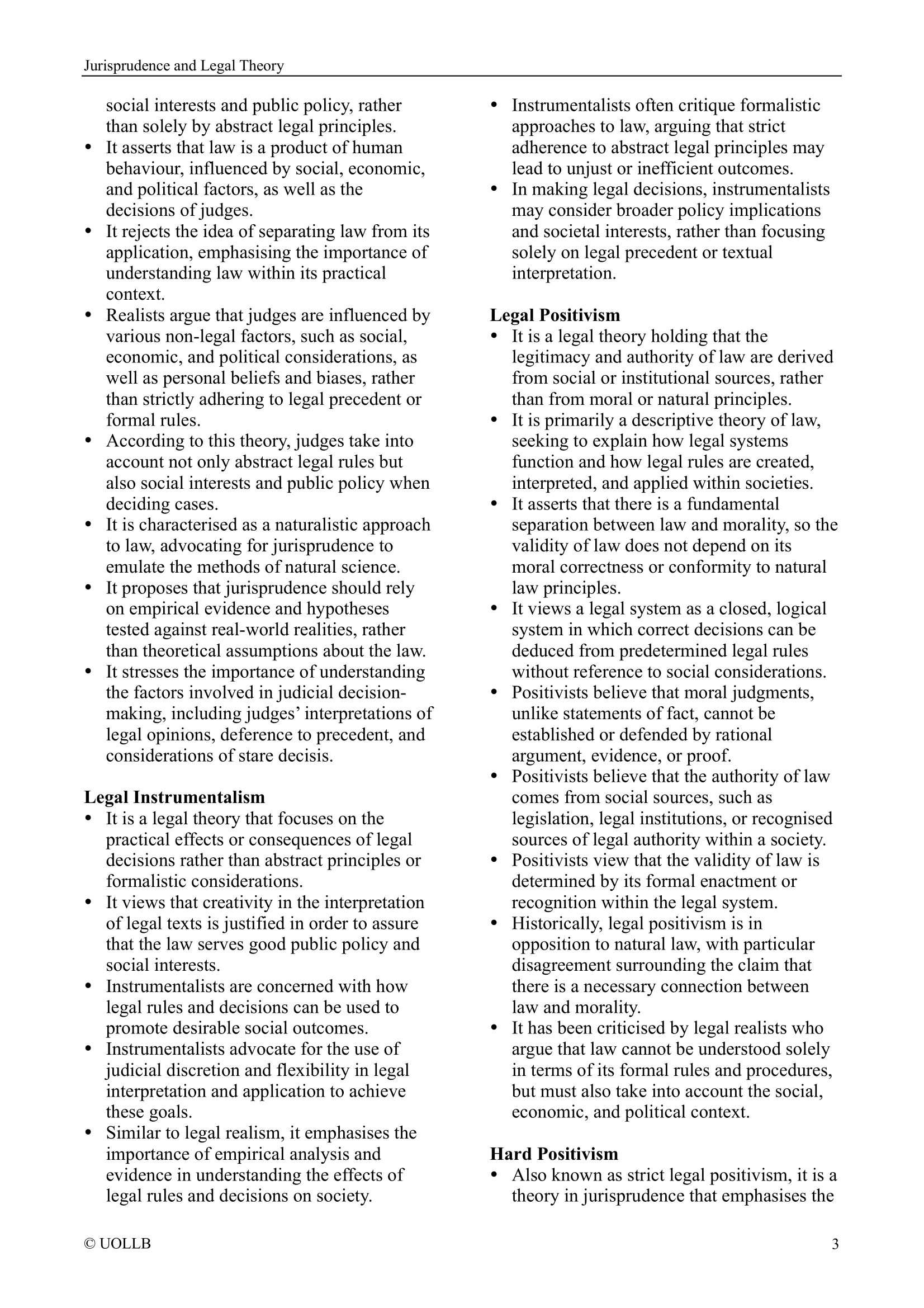Downfall of Europe Thanks to ECHR
Share
The European Convention on Human Rights (ECHR), established in 1950 by the Council of Europe, is a landmark treaty designed to protect human rights and fundamental freedoms across its member states. It has been hailed as a cornerstone of post-war European values, ensuring protections against abuses of power and safeguarding individual liberties. However, in recent years, critics have argued that the ECHR, and particularly its enforcement through the European Court of Human Rights (ECtHR), has contributed to social, political, and cultural challenges in Europe. Although the ECHR was intended to unify and stabilise Europe, certain aspects of its application, such as its expansive interpretation, prioritisation of individual rights over collective security, and perceived overreach into national sovereignty, have culminated in the downfall of the continent.
One of the primary criticisms of the ECHR is the expansive interpretation of its provisions by the ECtHR. The Convention was originally designed to protect core rights, including the right to life, freedom from torture, and fair trials, in the aftermath of World War II. However, over time, the Court has adopted a living instrument doctrine established in Tyrer v United Kingdom (1978), which allows it to interpret the Convention in light of modern societal developments. Although this approach ensures the ECHR remains relevant, critics argue it has led to judicial activism, where unelected judges impose rulings that override national laws and cultural norms.
For example, Article 8 of the ECHR, which guarantees the right to respect for private and family life, has been interpreted broadly to include cases involving immigration and deportation. In numerous rulings, the ECtHR has blocked deportations of individuals, including those with criminal convictions, on the grounds that removal would violate their right to family life. Critics contend that such decisions undermine national governments’ ability to enforce immigration policies, contributing to public frustration over uncontrolled migration. In Khan v United Kingdom (2018), the Court rule against the deportation of a foreign national with ties to extremist groups, citing Article 8 protections. Such cases fuel perceptions that the ECHR prioritises the rights of individuals, even those who pose potential risks, over the broader security interests of European societies.
This judicial overreach is seen as particularly problematic in the context of Europe’s migration crisis. Since 2015, Europe has faced significant challenges in managing large-scale migration from conflict zones and economically disadvantaged regions. The ECtHR’s rulings, which often limit states’ abilities to deport migrants or asylum seekers, have been accused of exacerbating these challenges. For instance, the Court’s interpretation of Article 3 (prohibition of torture or inhuman treatment) has been used to prevent deportations to countries deemed unsafe, even when evidence of individual risk is ambiguous. While this upholds humanitarian principles, it can strain public resources and social cohesion in host countries, particularly when integration efforts falter. Critics argue that the ECHR’s framework, while well-intentioned, fails to balance individual rights with the collective needs of European societies, contributing to political polarisation and the rise of populist movements.
Another significant critique of the ECHR is its perceived erosion of national sovereignty. The ECtHR’s authority to issue binding rulings on member states has led to tensions, particularly when its decisions conflict with domestic laws or public sentiment. For example, the United Kingdom has repeatedly clashed with the ECtHR over issues such as prisoner voting rights. In Hirst v United Kingdom (2005), the Court ruled that the UK’s blanket ban on prisoner voting violated Article 3 of Protocol 1 (right to free elections). Despite widespread opposition in the UK, including from Parliament, the government faced pressure to comply, fuelling debates about whether an international court should override democratic decisions.
This tension is not unique to the UK. Across Europe, many member states including Italy, Hungary, and Poland have expressed frustration with the ECtHR’s interventions in areas such as immigration policy, criminal justice, and cultural practices. For instance, rulings on issues such as the display of religious symbols in public spaces in Lautsi v Italy (2011) have sparked accusations that the Court imposes a one-size-fits-all approach, disregarding the diverse histories and values of member states. This perceived overreach has bolstered Euroskepticism, with populist leaders arguing that the ECHR undermines the ability of nations to govern themselves according to their own democratic processes.
The sovereignty critique is particularly potent in the context of Europe’s political fragmentation. The rise of nationalist and populist movements, evident in the increasing popularity of Reform UK in the United Kingdom, Alternative für Deutschland in Germany, and Viktor Orbán’s government in Hungary, reflects growing discontent with supranational institutions. The ECHR, while distinct from the European Union, is often conflated with broader European integration efforts, making it a target for those who view international frameworks as elitist and disconnected from local realities. By imposing rulings that challenge national policies, the ECtHR risks alienating populations and fuelling narratives of a European elite undermining democratic self-determination.
The ECHR’s emphasis on individual rights has also been criticised for creating tensions with collective security, particularly in the realm of counterterrorism and public safety. In an era marked by terrorist threats and rising crime in some urban areas, governments face pressure to implement robust security measures. However, ECtHR rulings have occasionally limited states’ abilities to enact such policies. For example, the Court has scrutinised practices such as mass surveillance, data retention, and stop-and-search powers, citing violations of privacy rights under Article 8. In S and Marper v United Kingdom (2008), the Court ruled that the UK’s retention of DNA samples from individuals not convicted of crimes was disproportionate, forcing changes to national policing practices.
While these rulings protect individual liberties, critics argue they can hamper efforts to address pressing security challenges. The 2015 Paris attacks and subsequent terrorist incidents across Europe explain why effective intelligence-gathering and preventive measures are needed. Yet, ECtHR decisions that restrict surveillance or deportation powers are seen by some as prioritising abstract principles over pragmatic solutions. This tension has contributed to public disillusionment, as citizens question whether international human rights frameworks adequately address the realities of modern security threats.
Moreover, the ECHR’s protections can be exploited by individuals or groups who challenge societal norms or values. For instance, cases involving hate speech or extremist ideologies have tested the balance between freedom of expression (Article 10) and public order. The Court’s tendency to err on the side of protecting speech, even when it borders on incitement, has sparked debates about whether the ECHR inadvertently enables divisive or harmful rhetoric. This perception further fuels distrust in institutions, as publics grow frustrated with what they see as an inability to address tangible threats to social cohesion.
The ECHR’s impact extends beyond legal and political spheres to economic and social challenges. The Court’s rulings on asylum and immigration, for instance, have placed significant burdens on member states, particularly those on Europe’s borders, such as Greece and Italy. By limiting deportations and requiring states to provide certain protections for migrants, the ECtHR has contributed to the strain on public services, housing, and welfare systems. In countries already grappling with economic stagnation or high unemployment, these pressures have fuelled resentment and anti-immigrant sentiment, further destabilising the social fabric.
Additionally, the ECHR’s focus on individual rights can clash with efforts to address cultural integration. For instance, rulings that protect practices such as wearing religious attire in SAS v France (2014), which concerned France’s burqa ban, have been seen by some as undermining national efforts to promote cohesive identities. While the Court aims to protect diversity, its decisions can exacerbate tensions in societies struggling to balance multiculturalism with social unity. This dynamic has contributed to a sense of cultural fragmentation, which critics argue weakens Europe’s collective identity and resilience.
To be fair, defenders of the ECHR argue that it remains a vital safeguard against authoritarianism and human rights abuses. The Convention was born out of the horrors of World War II, and its protections have been instrumental in preventing state overreach and ensuring accountability. For instance, the ECtHR has played a crucial role in addressing various issues including police brutality, judicial independence, and freedom of the press in countries with weaker democratic institutions. Without the ECHR, vulnerable populations, such as minorities, refugees, or political dissidents, might face greater risks of persecution. Moreover, the ECHR’s emphasis on universal principles fosters cooperation and shared standards across Europe, promoting stability in a historically fractious continent. Its role in upholding the rule of law has been particularly significant in newer democracies, such as those in Eastern Europe, where it provides a framework for aligning with Western standards. Critics of the ECHR have often been criticised for overlooking these broader contributions, focusing instead on isolated cases that generate controversy.
However, even supporters acknowledge that the ECtHR’s expansive interpretations and perceived disconnect from national contexts can create friction. The challenge lies in balancing the protection of universal rights with respect for diverse democratic systems, which is a task that becomes increasingly complex in a polarised and rapidly changing Europe. The ECHR, though a landmark achievement in protecting individual liberties, is not without its flaws. Its expansive interpretation by the ECtHR, perceived erosion of national sovereignty, and prioritisation of individual rights over collective security have contributed to tensions that some argue are undermining Europe’s stability. As states’ abilities to address immigration, security, and cultural challenges are restricted, the ECHR has inadvertently fuelled populist backlash and strained social cohesion.
Nevertheless, it is undeniable that the contributions of the ECHR to human rights and democratic standards are remarkable. Yet the Convention’s current application risks exacerbating Europe’s challenges in an era of political fragmentation, economic strain, and security concerns. Reforming the ECtHR’s approach, perhaps by granting greater deference to national governments or clarifying the balance between individual and collective rights, could help mitigate these issues while preserving the ECHR’s core mission. Without such adjustments, the Convention may continue to be seen by some as a contributor to, rather than a solution for, Europe’s contemporary struggles.
